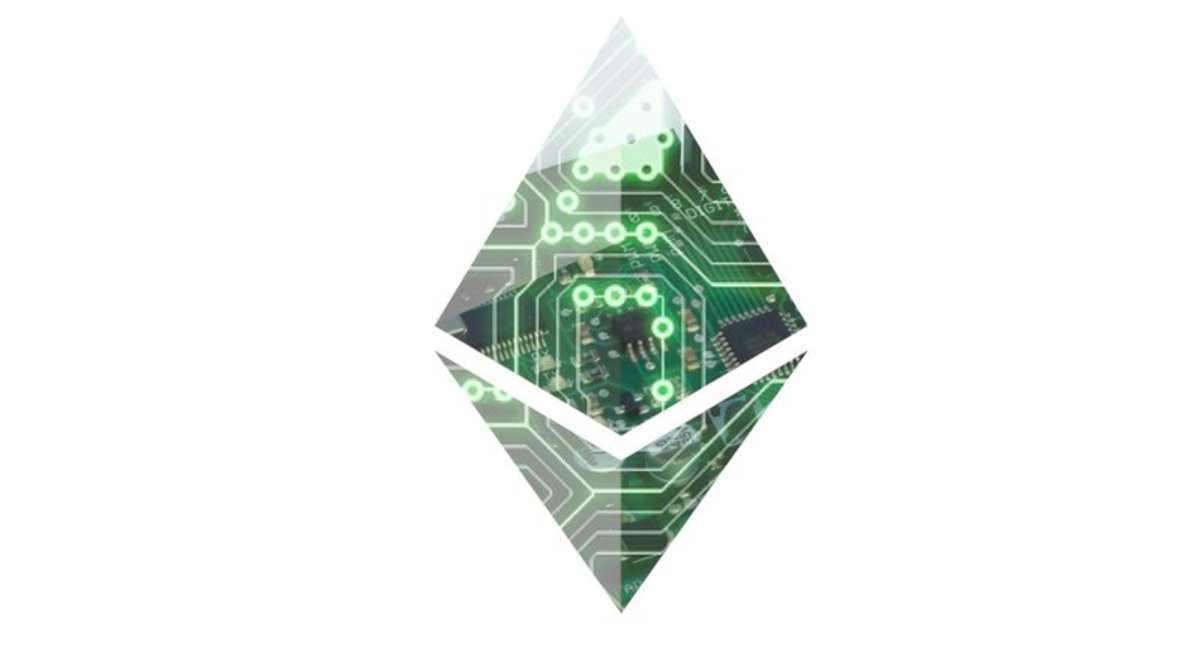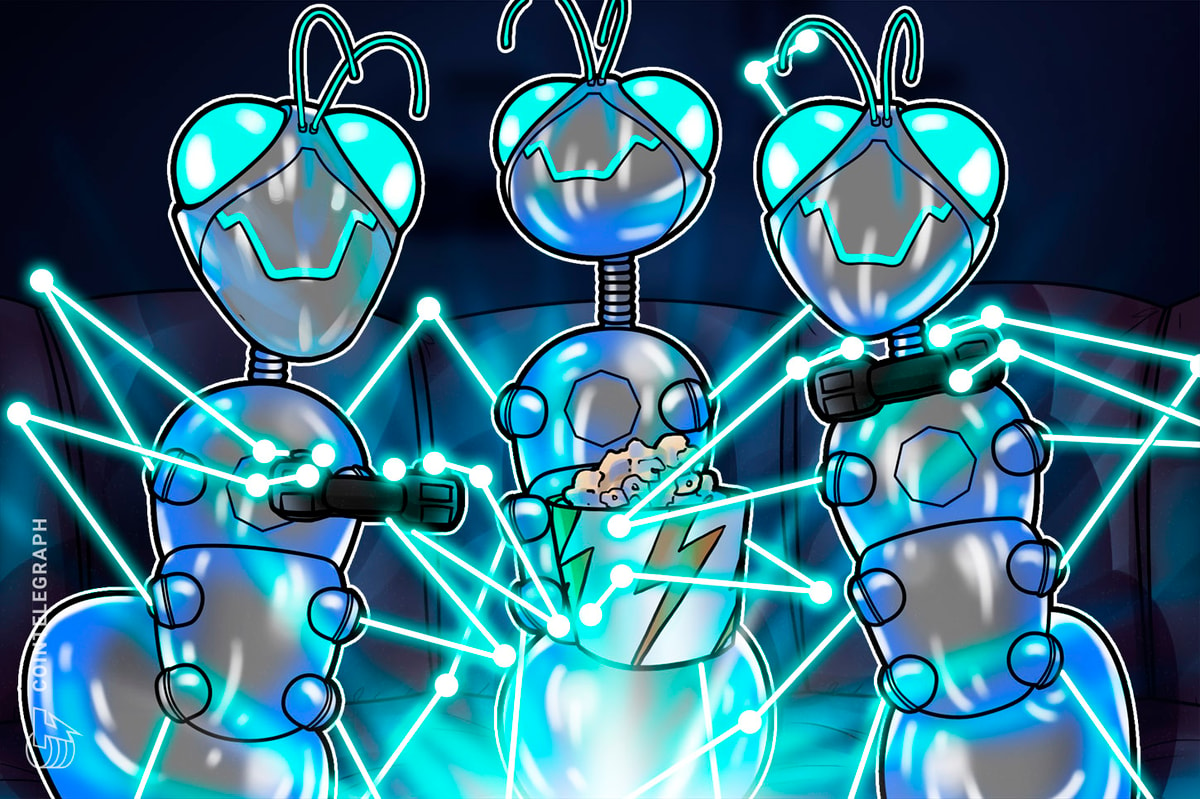
Chronicled, a blockchain startup headquartered in San Francisco, has introduced an Ethereum blockchain-based physical asset verification platform that enables companies and manufacturers to register and verify physical items in an irrefutable and decentralized network.
Chip companies, physical IP creators and manufacturers can authenticate embedded Bluetooth Low Energy (BLE) and Near Field Communication (NFC) chips on the Chronicled-Ethereum platform, which serves as an interoperable backend for app developers and consumers.
The startup’s launch of its interoperable and tamper-proof verification platform sets a positive precedent for other developers in the Internet of Things (IoT) market, as the Chronicled team believes the launch of its platform is a significant milestone for the IoT ecosystem.
“The IoT concept has been around for a long time,” Chronicled CEO, Ryan Orr, explained to Bitcoin Magazine, “but the architecture of the first ‘information-web’ of the early-2000s was insufficient to support secure registrations of private property and the actions that consumers wanted to do with private property — like buying, insuring, financing, reselling, etc. — have never been supported in an atomic way. Thus the IoT concept has not flourished and instead, each company has all of its IoT-connected products registered to its own private back-end database or cloud service and interactions are limited mostly to content provision.”
The Chronicled platform also serves as a solution to an intriguing problem dealt by developers and users in the telecommunications industry. That is, telecommunications firms prefer to host their own cellular phone networks and private databases instead of leveraging an interoperable network for other companies and organizations in the industry to access.
Such barriers between telecommunications service providers and others in the industry, including developers, users and manufacturers restrict the development and emergence of innovative applications, platforms and products.
“This siloed architecture of the IoT today is much how the Internet was back in the earliest days, prior to the invention of the open internet protocol,” said Orr. “The Open Registry for IoT solves this siloed architecture problem in IoT by using a blockchain as the underpinning network and provides an open protocol to support secure registrations of private property to this new network to support the consumer IoT.”
“We are excited that our Bluetooth low energy chip customers now have the opportunity to register and verify their chips on a public blockchain,” Silicon Labs’ IoT Products Senior Vice President and General Manager, Daniel Cooley, said in a statement. “This interoperable back end is a valuable building block and positive step for the entire IoT ecosystem including app developers, brands and consumers alike.”
Over a short period of time, Chronicled has already deployed nearly 10,000 NFC and BLE chips in its decentralized blockchain network. The successful deployment of physical items in a blockchain network suggest that the the billion-dollar industry of IoT is close to being unravelled by startups.
Recognizing this potential of the Chronicled platform, its Chief Technology Officer, Maurizio Greco, stated that the company is providing open-source tools to help developers in building products and applications with smart phone scan and authentication functionalities. Greco hopes to see developers leveraging the identity of a physical item as a basis to protect digital content.
The Chronicled development team has had envisioned unique implementations of its IoT platform and expects developers or companies to make full use of its platform’s ability to insure, collateralize, protect and secure content.
For instance, a digital content creator could sign a product such as a photo, film or song with a digital chip. Then, a patron can use the smartphone to authenticate the content, protecting its ownership.
“This new blockchain-powered Internet of Things network can support all of the activities consumers want to do with property,” said Orr. “After all, the blockchain is known as the ‘value web.’ Imagine 'things' that can be programmable and interactive and many libraries of plug-ins making it easy to build ecommerce, logistics, social, finance, gaming and insurance apps to interact with physical property in many new ways. This new blockchain-supported Internet of Things can become far more valuable to brands and consumers than any network to date in the IoT space.”
Vitalik Buterin, the creator of Ethereum, has expressed his optimism regarding the IoT industry and the applicability of the blockchain technology in the area. Buterin believes that Chronicled creates a bridge for developers and users to a new IoT ecosystem that hasn’t been exploited before.
"Consumer IoT has always been one of the areas of blockchain adoption that I have been most bullish about, and I am excited to see Chronicled's efforts in pushing IoT authentication use cases a step further,” said Buterin.
According to Orr, the Ethereum blockchain is ideally suited to Chronicled since it is moving to PoS [Proof of Stake] with Casper; thus, it will provide a “cheaper solution for item registration, which is better for brand corporate social responsibility,” with less energy wasted than on the Bitcoin Proof of Work system. Orr also cited Ethereum’s smart contracts’ ability to “enable ‘programming of the protocol’ for registering items and better flexibility and scalability” as attractive features.
Today, there are billions of NFC and BLE microchips in existence. If the Chronicled platform begins to deploy more physical items and assets in its network, it will provide developers and users an opportunity to experience previously unseen methods of protecting, insuring and transferring assets in a decentralized network.
Looking ahead, Orr expects that “all consumer and luxury products can become interactive from your smart phone and can be programmed with content, experiences and services via BLE and NFC chips embedded in the products. The blockchain can serve as a backbone for registering and verifying IoT product and device identities and will lead to a consumer IoT that is much more robust than was possible with the older Internet 1.0 architecture.”










